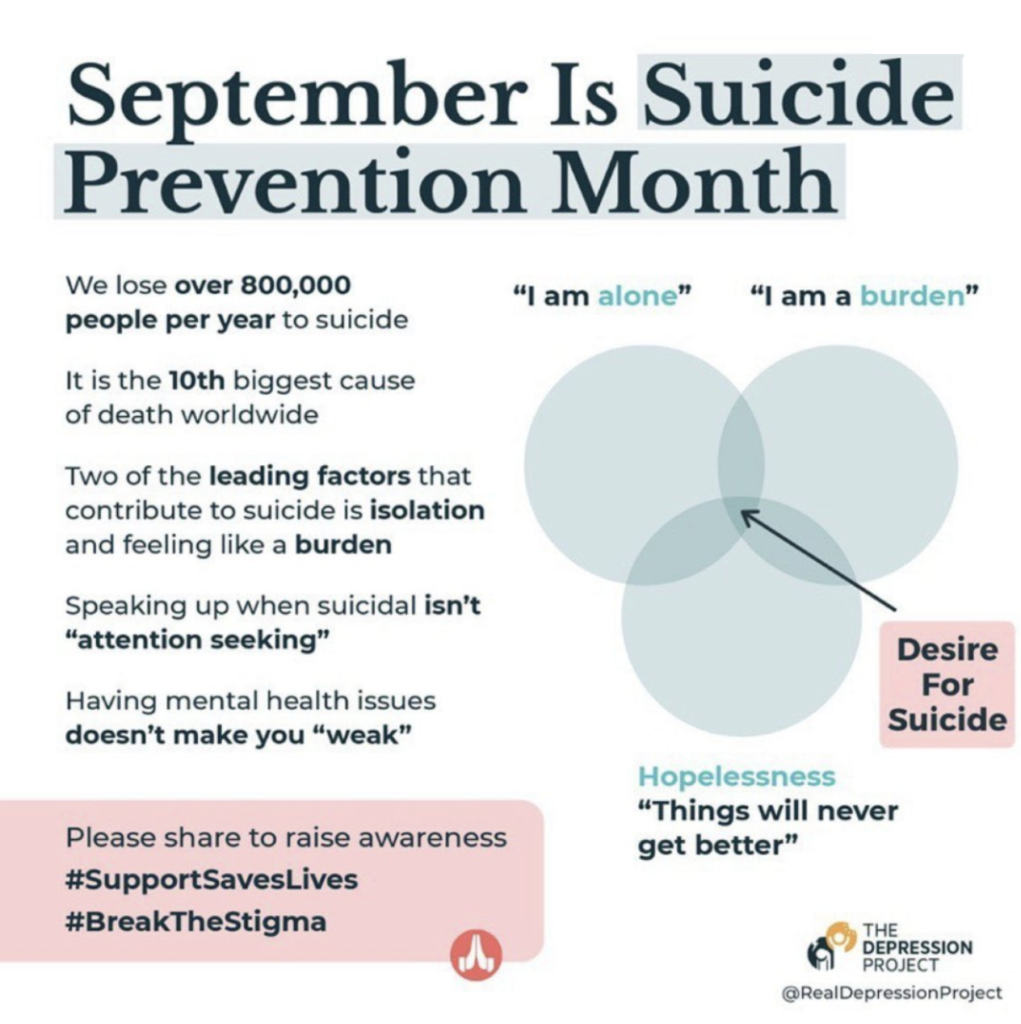
The Centers for Disease Control and Prevention (CDC) reported the grim reality of suicide in seniors. In 2018, it is said that 19.12% of seniors between the ages of 55 and 80 died due to self-inflicted wounds during suicide attempts. The report doesn’t track why seniors are choosing to end their life, but a contributing factor could be that seniors see suicide as a solution to their physical pain and suffering.
This suggestion is not far fetched. The American Journal of Preventive Medicine published research that found a close correlation between pain and suicide. They identified 19 physical health conditions among seniors who either attempted or committed suicide. Suicide risk increased substantially among those seniors. This is very telling. It means that seniors do not want to die for the sake of dying. It means, rather, that seniors simply want the pain to stop.
Suicide prevention shouldn’t only entail keeping a senior from the act of taking their life (i.e. by withholding sharp or harmful objects or with constant supervision). It should also include ongoing and consistent treatment and management of pain at the physical and psychological levels. On the physical level, medication should be sought out thoroughly. If prevention of pain is no longer possible, or if it’s already being sought out at the highest level, caregivers and professionals should help seniors to manage their ability to mentally cope with the pain in the best way possible.
Care.com lists several ways seniors can do just that. It suggests seniors distract themselves, find support groups, ask about pain treatment centers, all the way to suggesting yoga. The goal is for seniors to try things that will either help minimize pain or minimize the awareness of it. It will be the caregiver’s job to research various options that will fit the senior’s personalized needs.
There are not only physical factors that may lead a senior to attempt suicide. There are various other types of pain that should be addressed that also have a powerful yet negative influence on seniors like stress, anxiety, depression, and more. In any case, presenting seniors options to manage their pain will be crucial in dealing with the core influences of suicide.
The effort to prevent someone from taking their life is an admirable sentiment, but it shouldn’t stop there. There are underlying issues that influence a senior’s decision to commit suicide. The goal shouldn’t be to just prevent the act of senior suicide, but to help seniors live and thrive. That vision entails caregivers, family, and friends to take a step further in their efforts to help their elderly loved ones. And what a necessary step it is!
WellPath Partners is your senior resource referral guide. Follow us on ALL social media platforms and join us weekly for more content and public health discussions.
By: Jonathan Reza
Office Support Specialist at WellPath Partners
B.S. in Philosophy at University of Redlands
M.A. candidate in Philosophy at California State University, Long Beach
